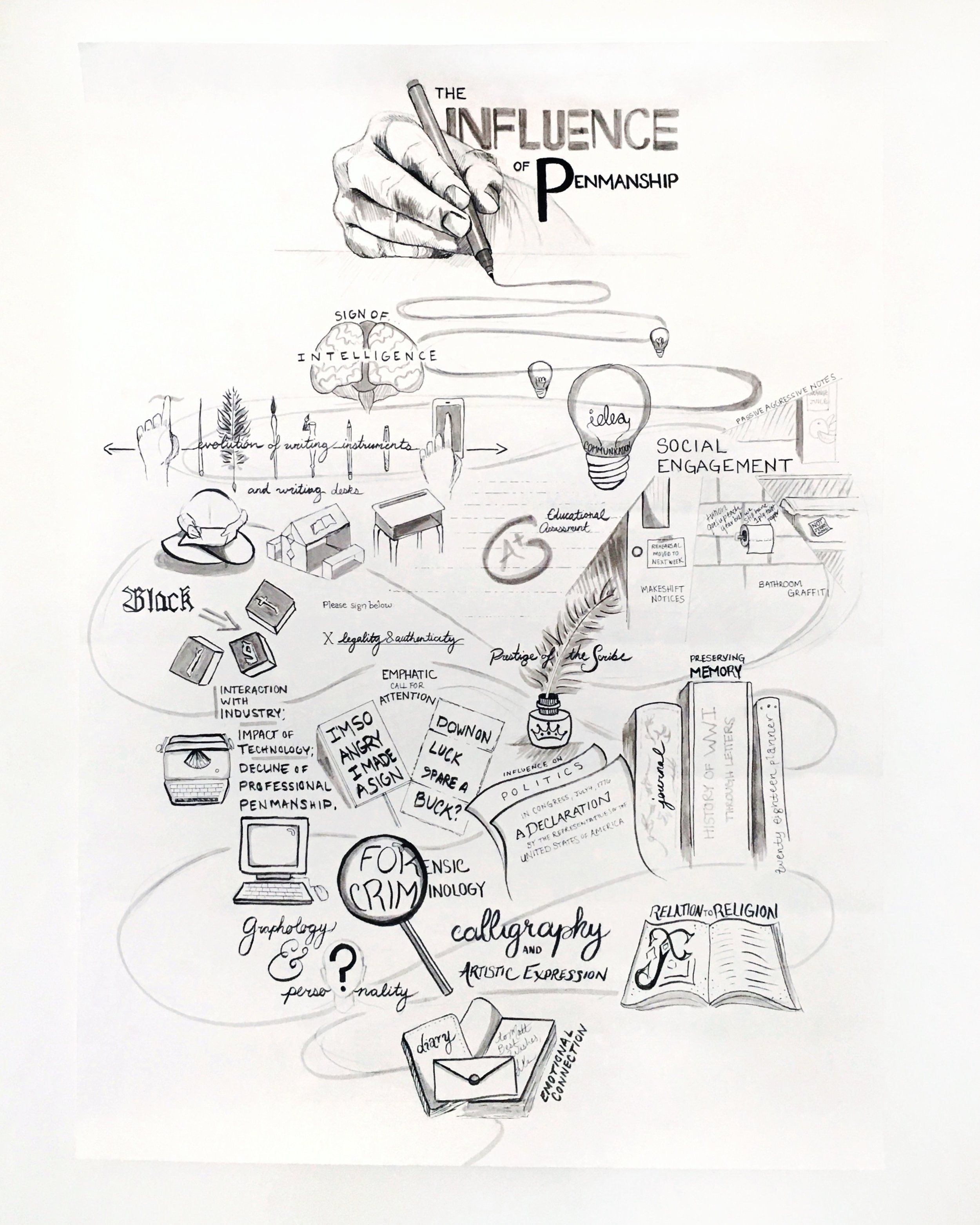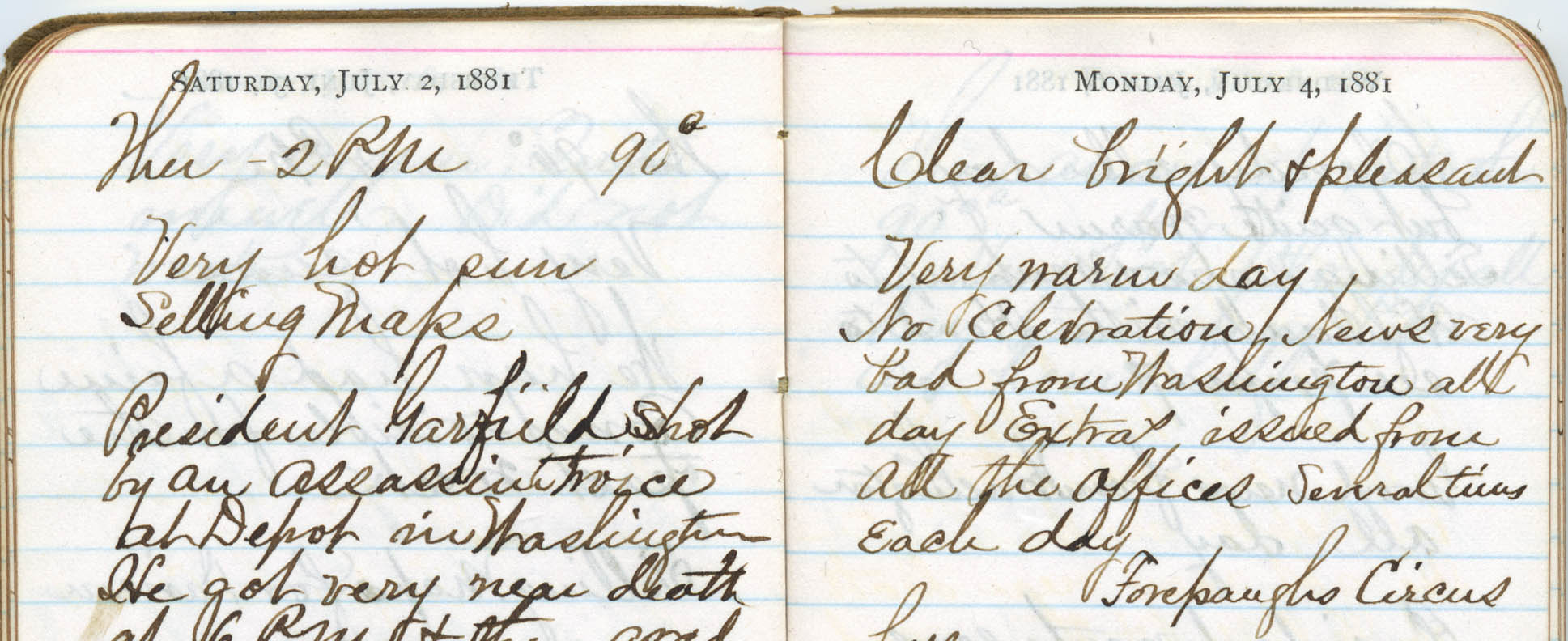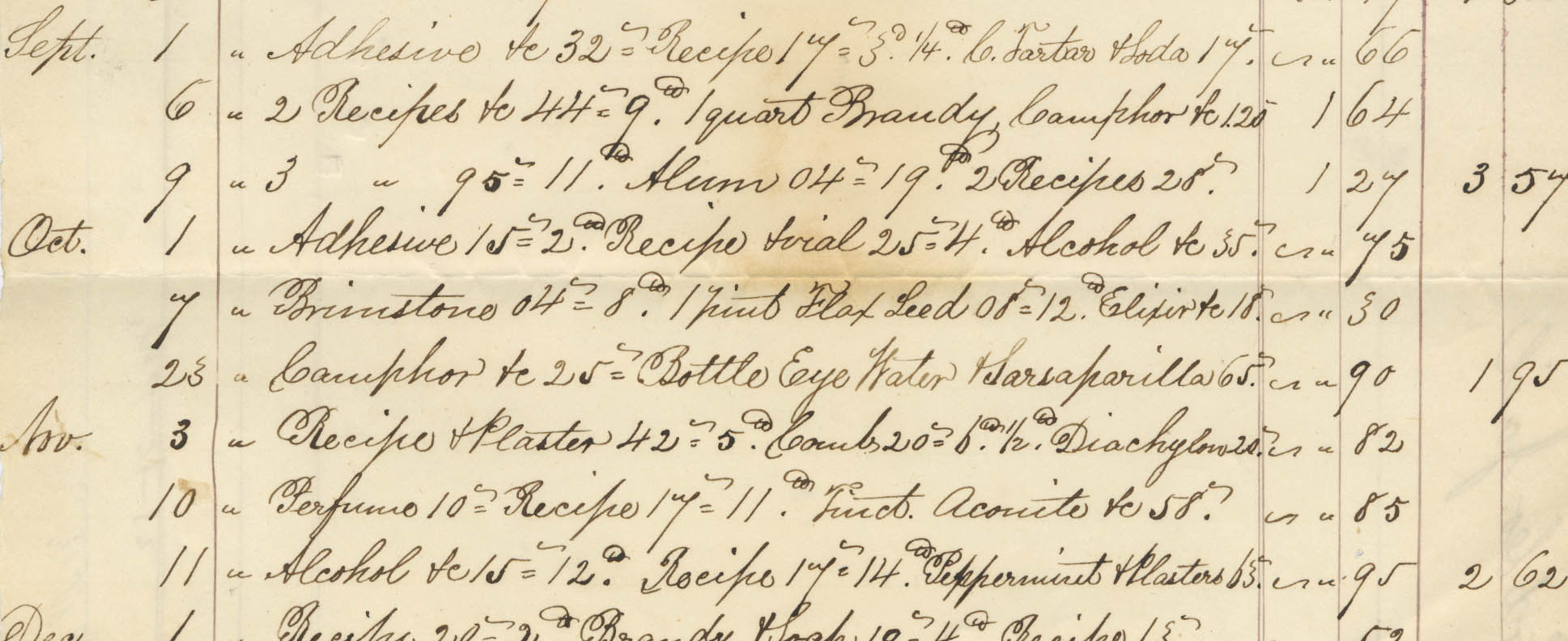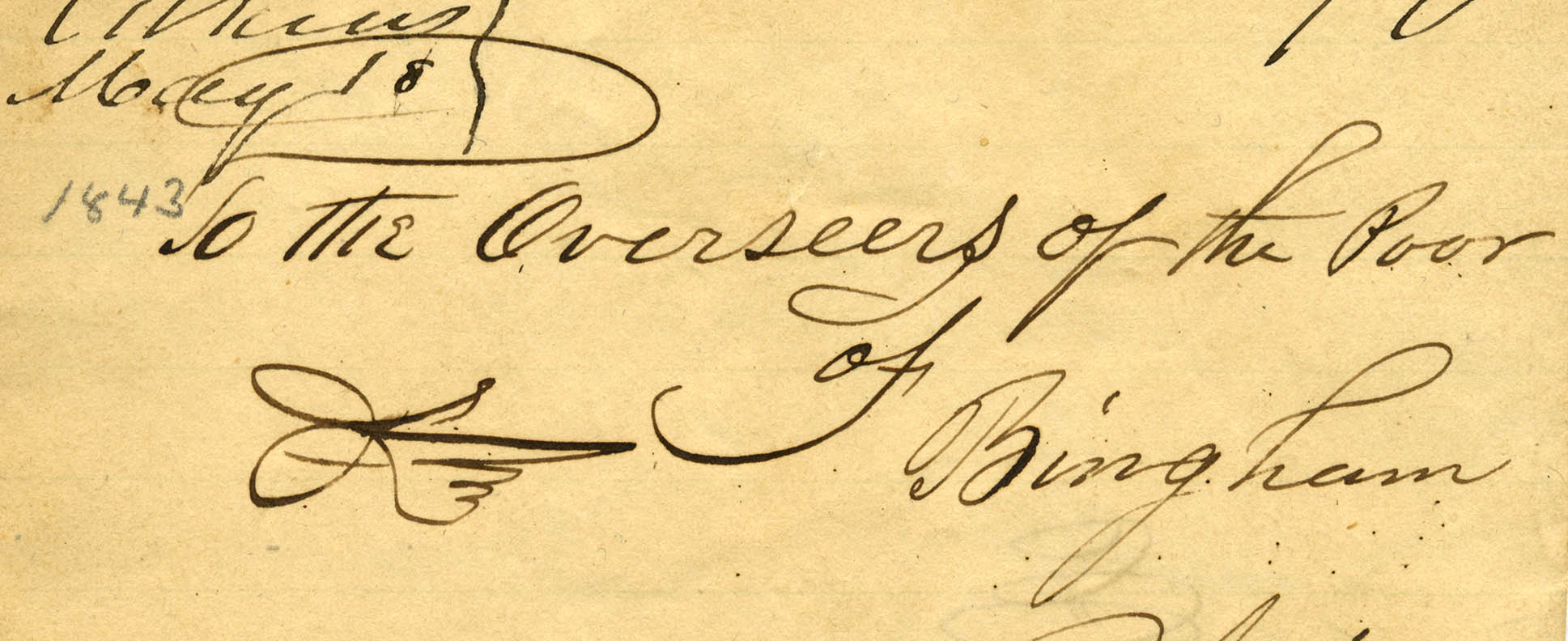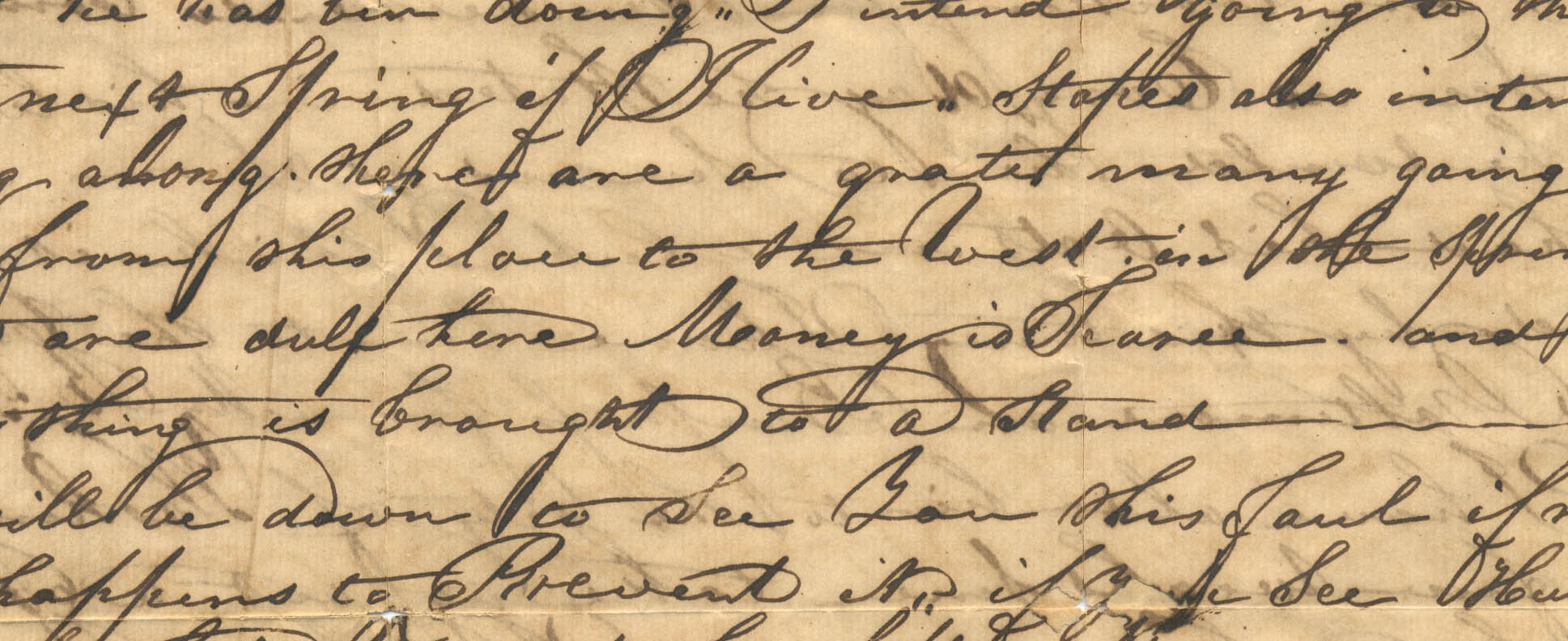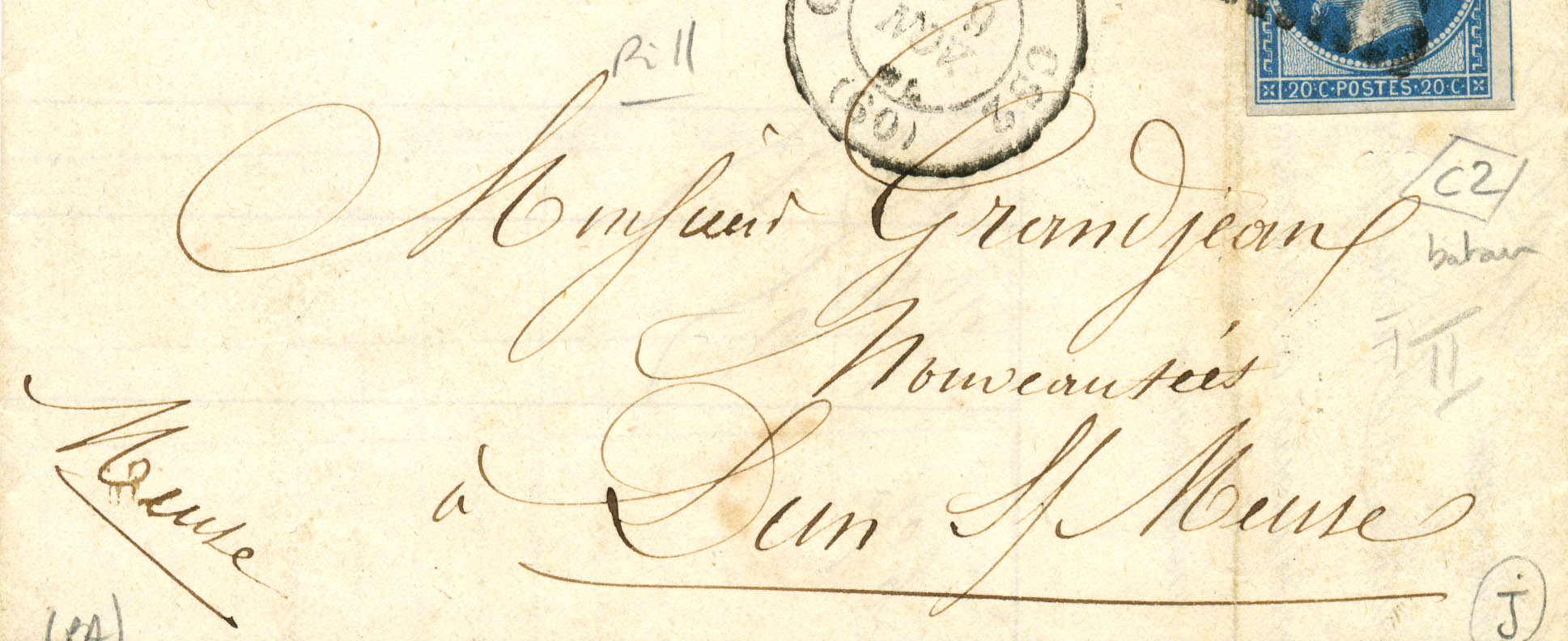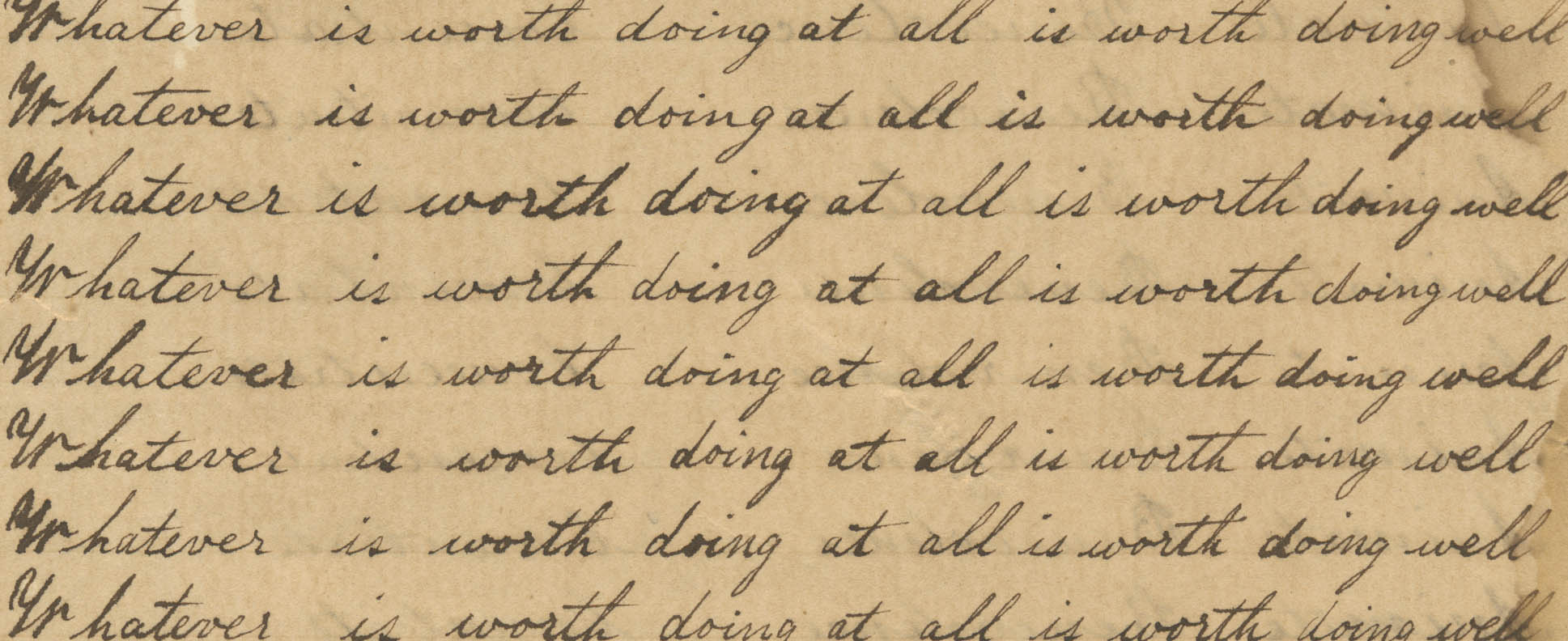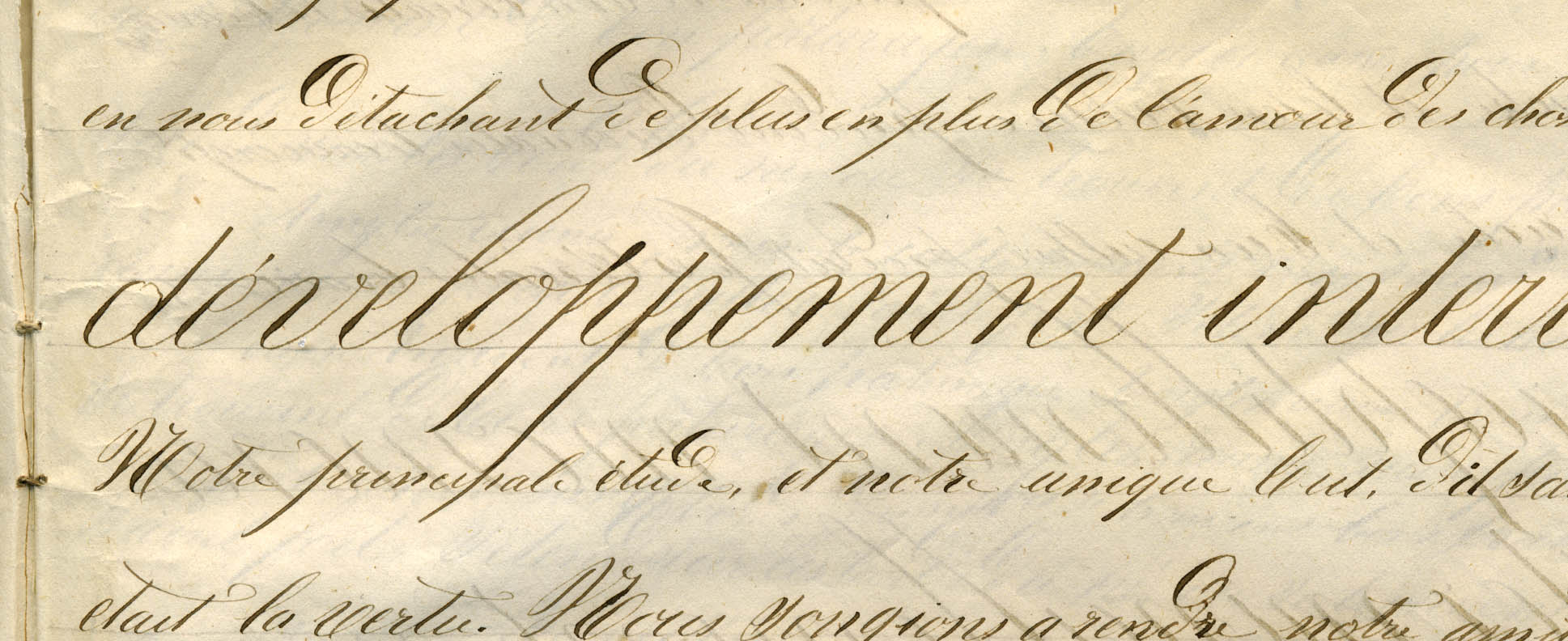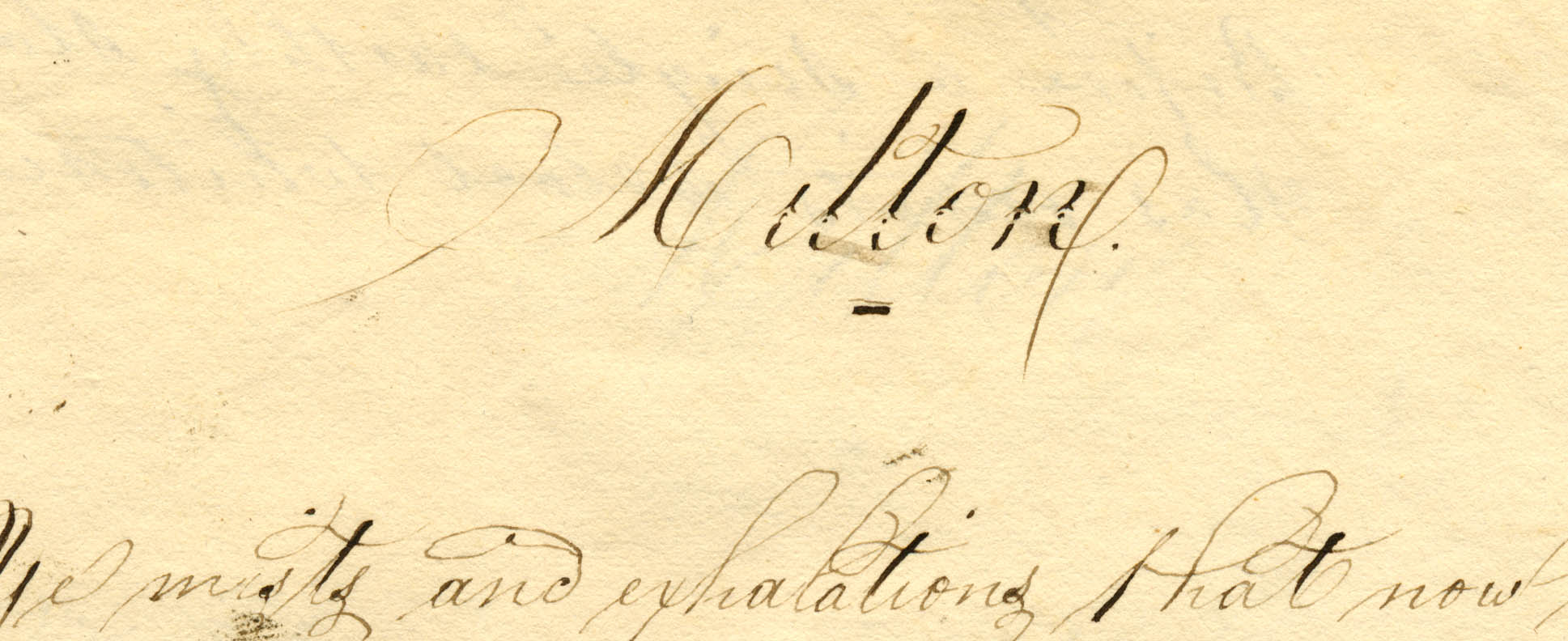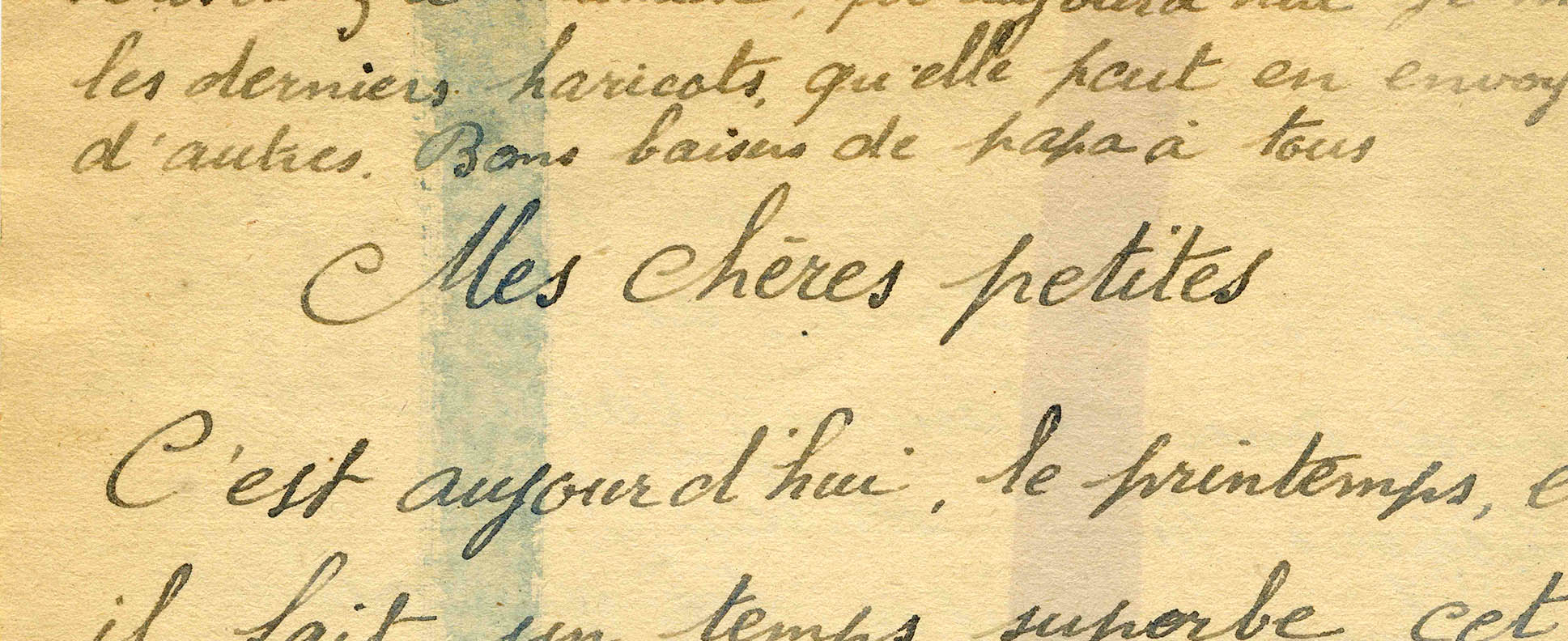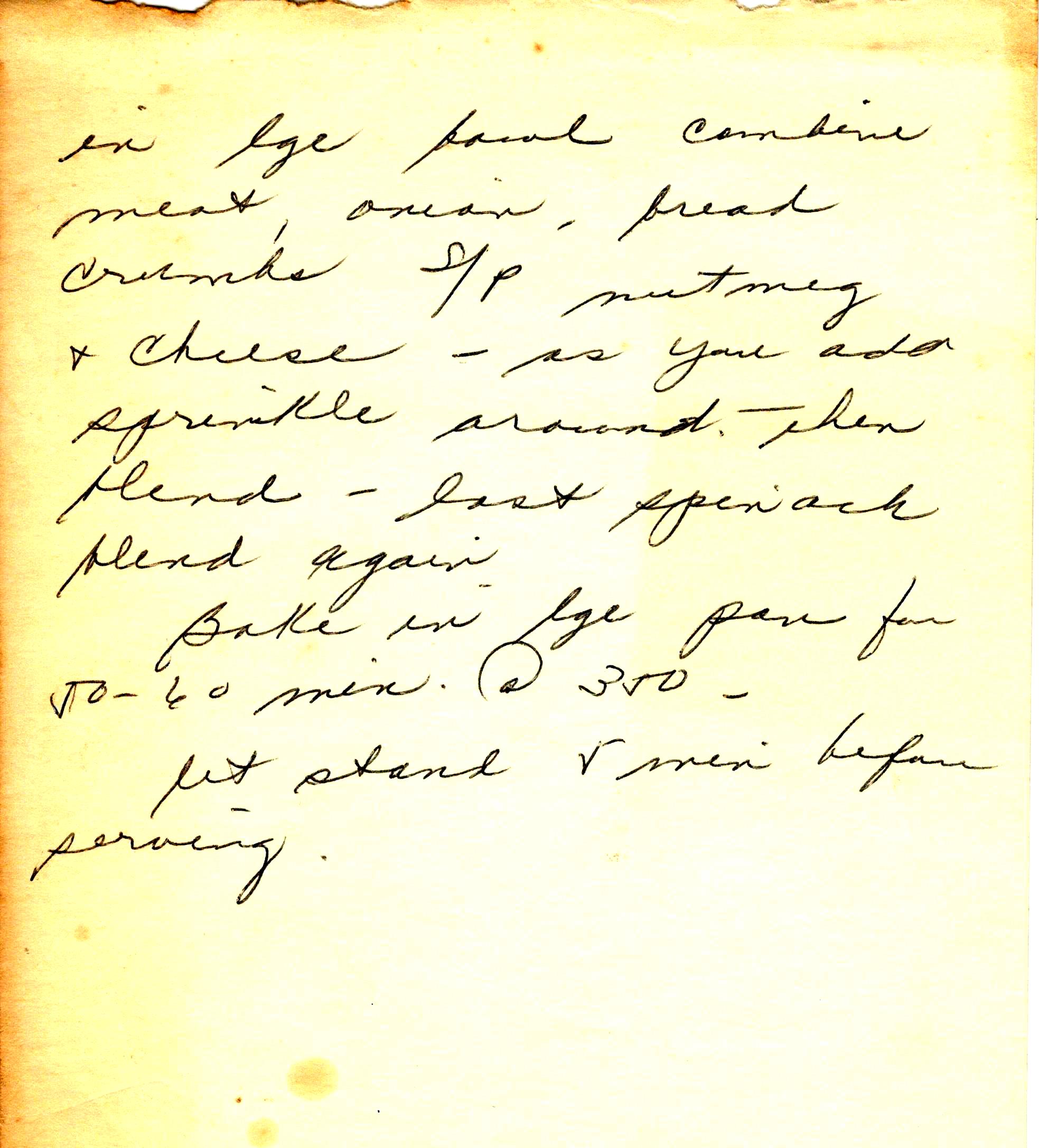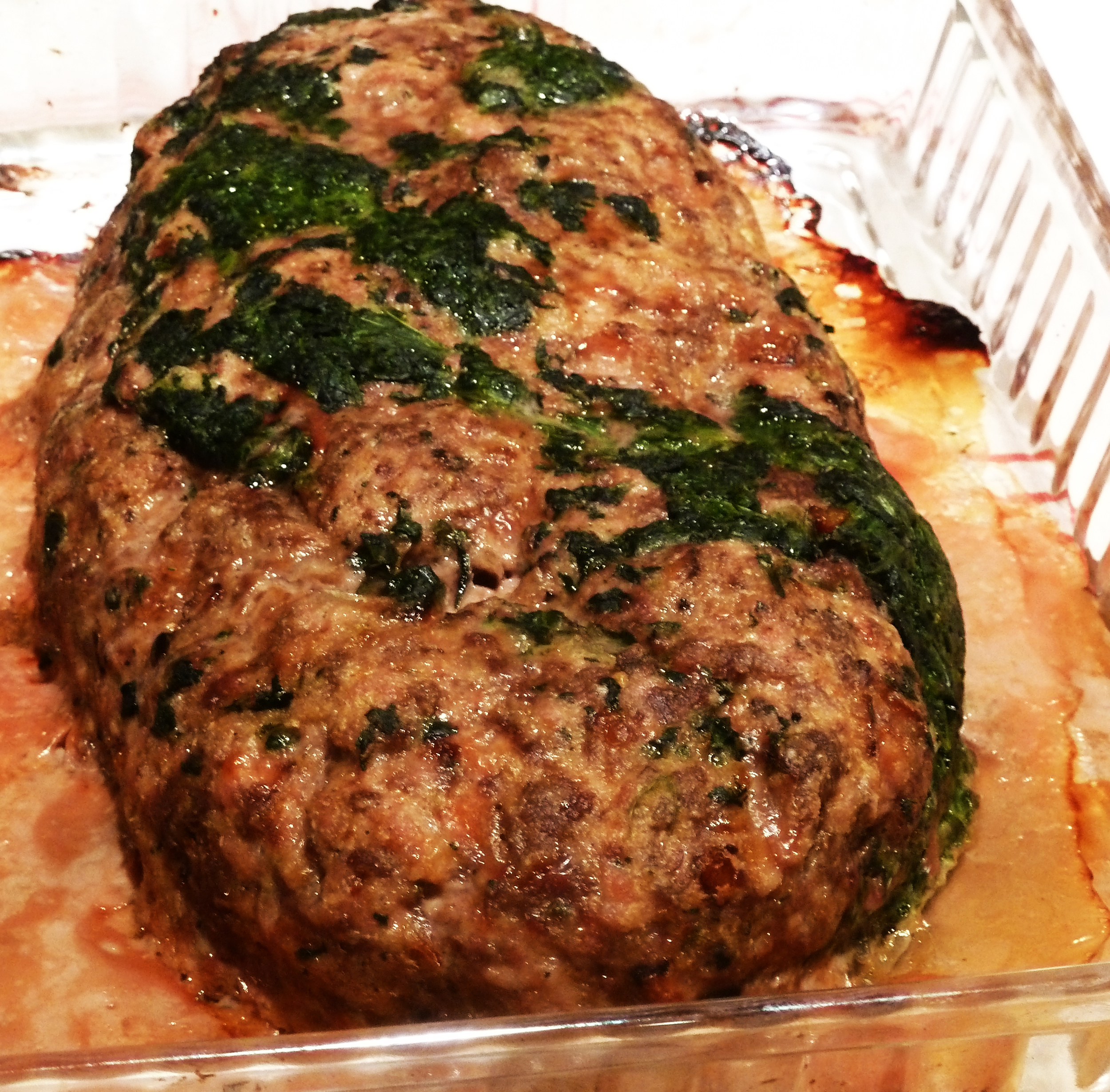Illustrating Expression: Standards of Contemporary Penmanship
Bretty Rawson
This pro-forma and map are results of an investigation into the standards of contemporary penmanship. Despite the predominance of digital and printed communication, penmanship remains a relevant skill for its immediacy, versatility, intrinsic emotional value, and artistry. By creating a pamphlet that details the somewhat neglected forms and rules of 'proper penmanship,' along with a map that delineates the many areas of influence surrounding the activity of handwriting, I've attempted to rediscover and champion — in an un-nostalgic way — the qualities that make penmanship vital to our everyday lives.
In continuing this project, I aim to highlight and expand upon the ways in which handwriting is still relevant to contemporary life, as well as equalize the imbalanced relationship/perception of the handwritten as opposed to digital communication. Some of the questions I am exploring are below:
In what ways and contexts do you still use handwriting in your daily life? How can the handwritten act as a subversion to our increasingly digital daily experience and existence? What can the act of handwriting add to our lives, and how does it affect/benefit our development as individuals and communities? To what extent does the skill of handwriting help us beyond the ability to communicate?
If you'd like to share your thoughts with me, you can see my site, Standards | Penmanship, here.
My name is Kadin Kostelic, I'm a designer from Colorado Springs. I earned a BFA in graphic design from Colorado State University, and am continuing this education at Goldsmiths, University of London pursuing a masters degree in communication and experience design. For me, being a designer means to be constantly curious and aware of the world, insightful about those observations, and determined to solve problems through that insight. More than that, I see design as a means of empathy. Understanding others’ thoughts, motivations, governing feelings, and individual perspectives is essential to my work, and it is why I find a profound sense of purpose in my profession. @kadinraedesign






